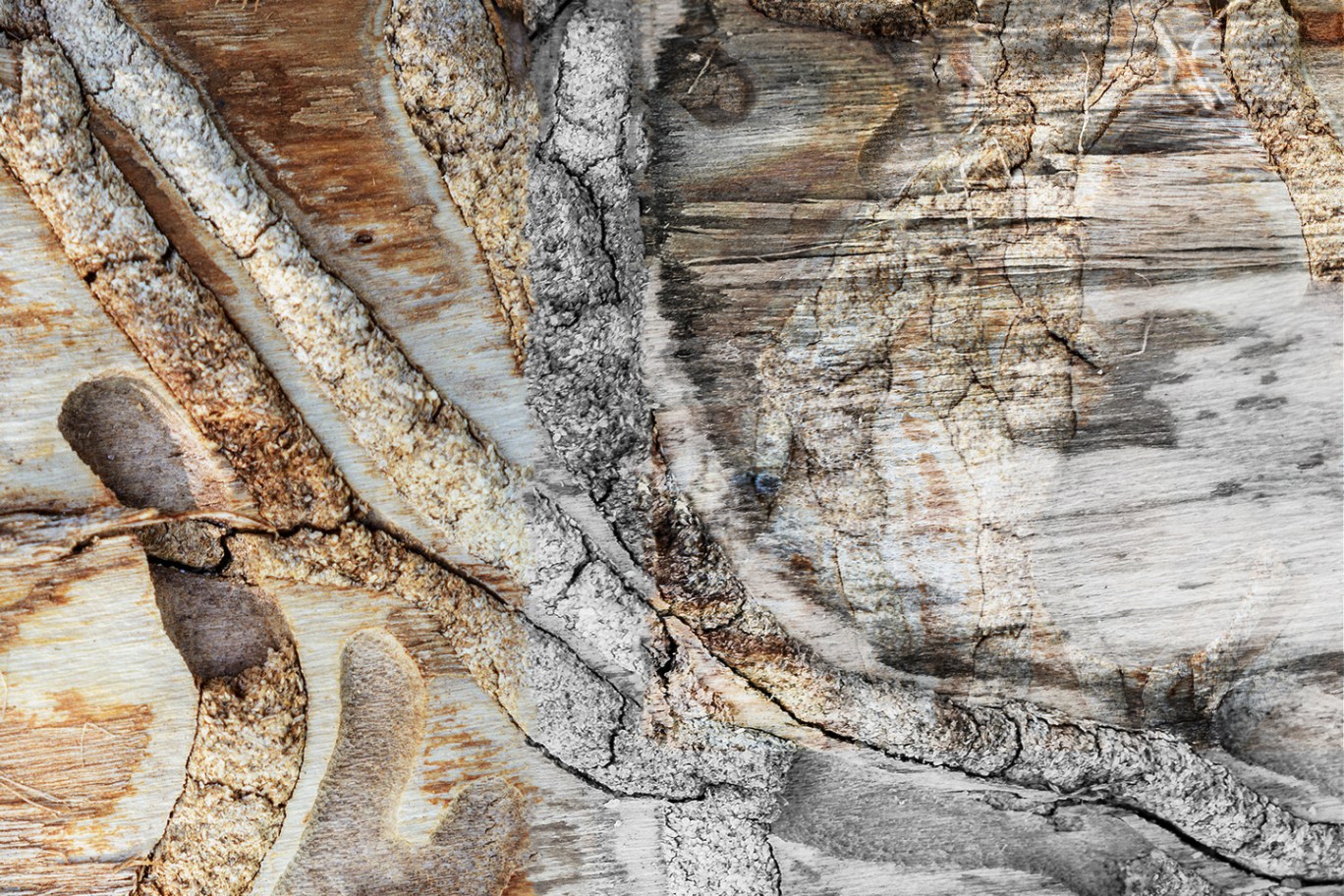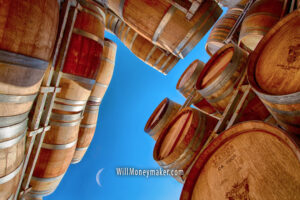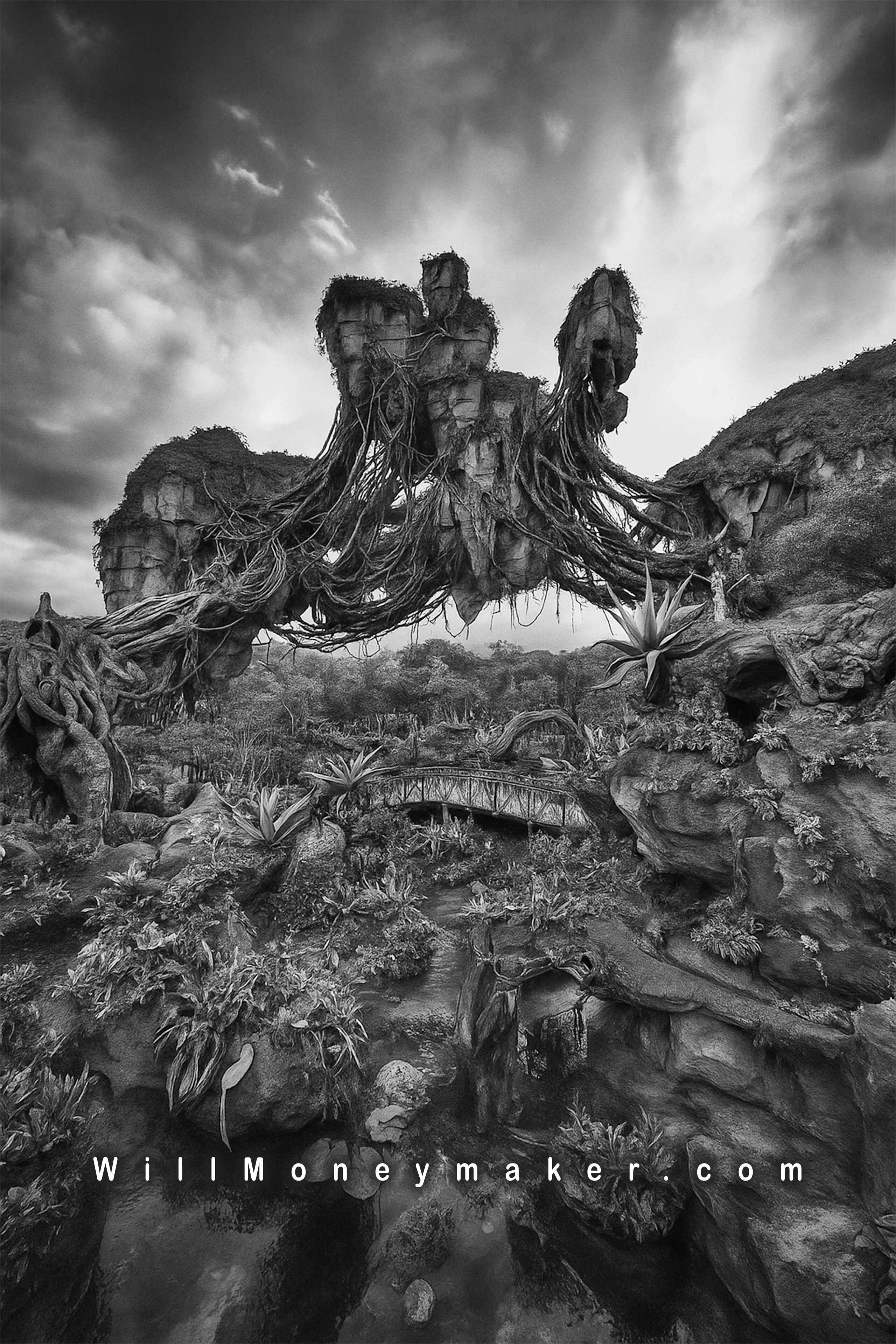If you’re a photographer, then at one time or another, you have probably felt the urge to create abstract art. It’s an alluring genre, one that draws you in because it allows you to express creativity to the utmost. But among a general viewing audience, abstract art of any kind, whether it’s photography or another medium, just isn’t popular. In galleries, it hangs on the walls unsold for long stretches of time. In museums, people scratch their heads at it and move on. Artists are drawn to it, but a great many other people are willing to give it a pass. Why? Let’s analyze abstract art to learn some of the reasons behind its lack of popularity.
Abstract Images are Incredibly Subjective
So many photographs are of landscapes, people, buildings, pretty flowers or trees, still life images — they are based on something concrete, something that is easy to recognize and thus easier to interpret. With abstract art, the artist is working, well, in the abstract. It is a very personal expression of creativity, one that is unique to the artist that created it. When you create a piece of abstract art, you are essentially saying that in your opinion, this is what makes an image art. The things that you find to be beautiful and interpretable in their own strange way are very likely to come across as odd and indiscernible to the next person who looks at your imagery.
Abstract Art has a Bad Reputation
Have you ever walked the halls of an art museum and overhead someone talking about abstract painting? “What is this? The artist just splattered paint everywhere! This isn’t art!” Abstracts often come across that way, as something arbitrary, easy to produce. The uninitiated may look at abstract imagery and just see a pretty wash of colors or a random jumble of shapes and assume that the artist wasn’t trying. This is because it is hard to see what went into the image before it was ever committed to paper or canvas. The planning, the hours, days, weeks or months of thought. The selection of colors and their placement. Perhaps the artist has an entire garage or studio full of paint-splattered canvasses because he or she worked and worked until it finally came out perfectly, at least in the opinion of the artist.
The viewer sees none of this. The viewer sees the shapes, colors, splatters, and so on and thinks, “This looks like the kind of thing I made in preschool art class.” This ties in with my first point: Without a concrete subject, something to anchor the viewer in the image, the viewer has no idea what to make of this abstraction and thus assumes that the artist never intended the work to be meaningful. The common assumption goes counter to this — art should be meaningful, therefore, the viewer assumes, if this work is not meaningful, then it is not art. It is arbitrary.
How Do You Judge an Abstract?
This is something that everyone struggles with, even aficionados of abstract photography. How can you judge an abstract work? In a photograph that isn’t abstract, you can pore over the image looking for technical faults or you can enjoy how the subject and other elements are arranged. It is easy to look at a portrait or a verdant landscape and appreciate the beauty while making a judgment on technical or artistic merits.
But abstract photography often dispenses with rules entirely. Did the photographer mean for this wash of color here or for the white balance to look so off? Is that element supposed to be blurry or not? Abstract images are hard to judge according to conventional rules and thus, they are very easy to dismiss unless you like the image on a personal level.
Art is Complicated
Finally, there are a great many people, maybe even a majority of people, that prefer art to be uncomplicated. And there is nothing wrong with that. Many people don’t want to walk past the art in their living room and ponder the deeper meaning. Instead, they’d rather see a sweeping vista or wildlife playing in the forest instead of being burdened with the idea that there is some deeper significance that they are missing. As much as we photographers and art lovers might obsess over meanings, for a lot of people, it just isn’t that important. Many prefer art that is beautiful, simple and easy to enjoy.
My Thoughts on Abstracts
For these reasons and more, abstract photography just isn’t as popular as other types of photography. The genre has gained a bit of ground over the years, particularly among people who love modern aesthetics. However, it is easy for someone who isn’t that into art to simply not “get” an abstract image.
However, none of this is to say that you should not bother with abstract photography or that you should find yourself discouraged. I simply mean to say that you should be prepared for the idea that an audience broader than your artist's friends may not have the same appreciation for the work. If you want to create abstract art, I say go for it — it is an incredibly rewarding experience.
There is one thing you should take to heart, though.
Don’t produce cheap abstracts. What is a cheap abstract? It’s the kind of image that commonly pops up at craft vendors or on department store shelves. In other words, it is just a mass-produced image that wasn’t made with much thought about composition or meaning. These are the types of images in which someone with a camera saw something unusual and decided to snap a photo and move on. In the world of painters, cheap abstracts truly are just splattered paint with no thought other than a paycheck behind them.
True abstract imagery takes time, lots of it. It isn’t meant to be easy. When people make it easy, they cheapen the genre, degrading the work of those who have devoted inordinate amounts of time to it. Worse, they contribute to the idea that abstract images are not art at all.
I think that if you go about abstract photography in this way, by putting serious effort into creating a satisfying visual experience, by taking the time to think and feel the emotions you are trying to portray, then your art will be much more well-received than mass-produced abstractions. And sure, there will be people who won’t “get” the image, but that is true of abstract images no matter how much effort is put into them. It’s the nature of the best, in this instance.
That is why most photographers who pursue abstract photography create abstracts for themselves alone. It isn’t the goal to create an image that other people like. The goal is to create something that you like. If you like an abstract image, then certainly there will be others out there who like it, too.





